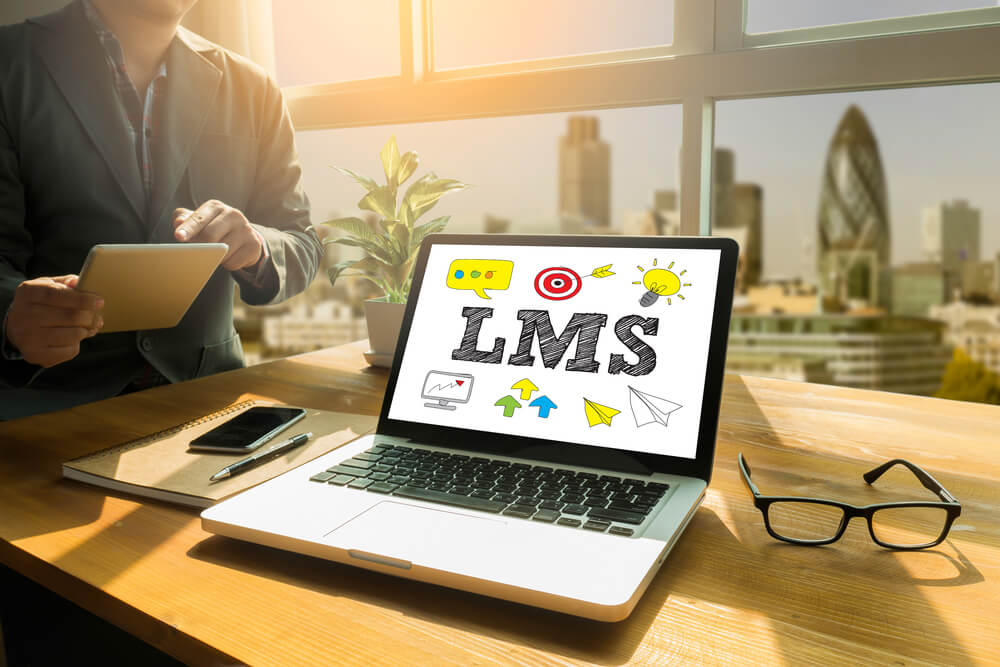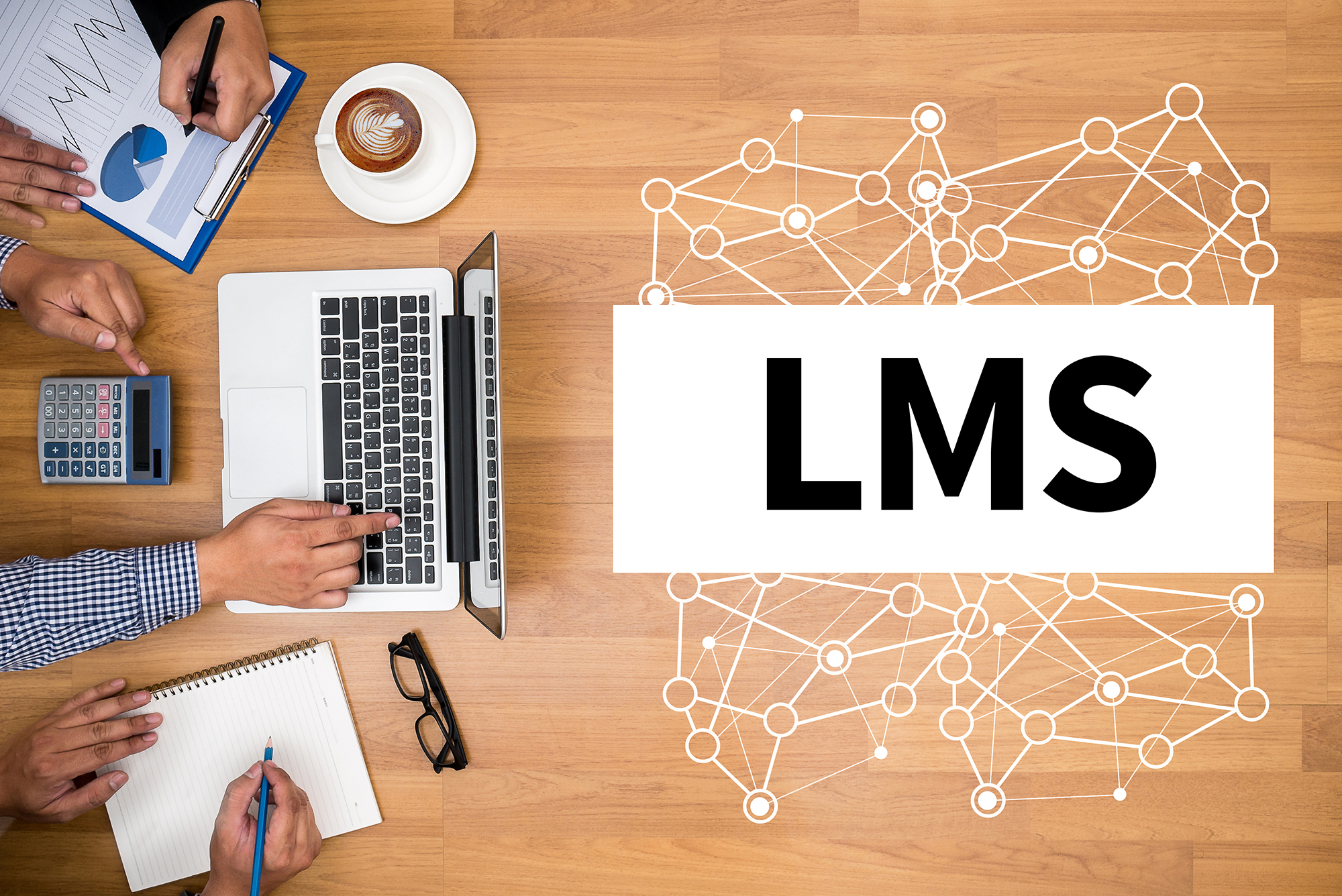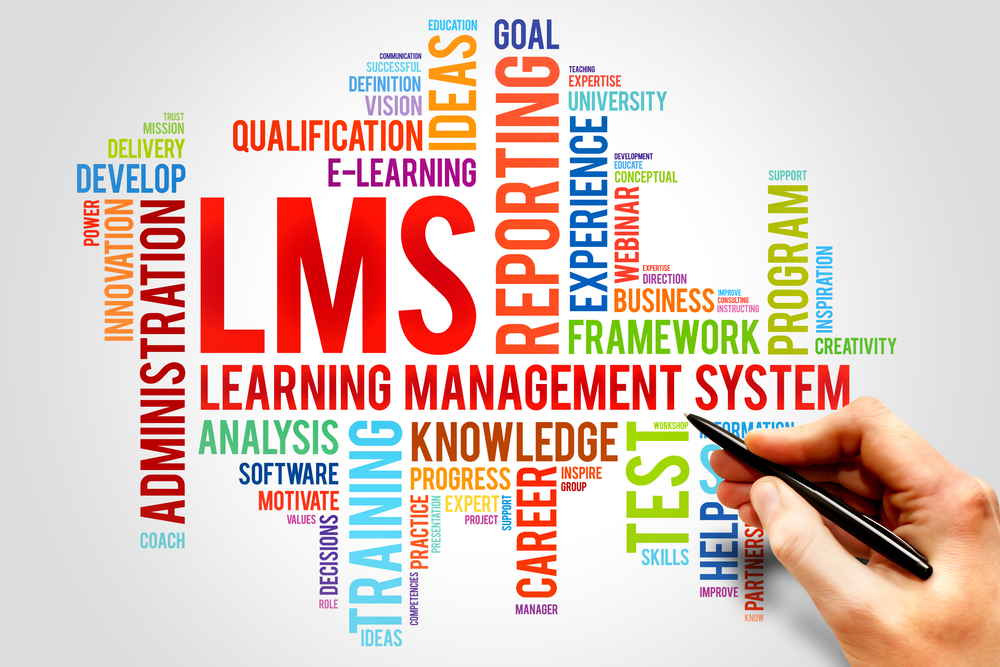Maintaining a well-functioning Learning Management System (LMS) is crucial for educational institutions and businesses. However, many organizations need to pay more attention to the significance of software maintenance, which can lead to challenges and technical issues in the future. In this blog post, we will discuss some mistakes related to LMS software maintenance and provide valuable advice on preventing them.
Keep Your LMS Software Regularly Updated
One of the aspects of proactive LMS software maintenance is ensuring that you keep it updated with the latest versions and patches; by doing so you ensure that your system benefits from the features, bug fixes, and security enhancements. Update your LMS with solutions such as iSpring to avoid compatibility problems, decreased performance, and potential security vulnerabilities.
Test Updates in a Controlled Environment

Before deploying any updates or patches to your LMS environment, it’s crucial to test them in a sandbox or test environment, allowing you to assess how the updates impact your system, identify any compatibility issues or conflicts with existing functionalities, and ensure a transition to the updated version. Testing in a controlled setting helps minimize the risk of disrupting training activities or encountering system failures.
Monitoring your LMS software’s performance and noting user feedback is essential. By using monitoring tools that track system response times, server load, and user behavior, you can spot any problems, allowing you to address issues before they become concerns. Additionally, paying attention to the feedback from users and promptly addressing their concerns ensures a learning experience and prevents disengagement caused by unresolved technical issues.
Another essential step in maintenance is regularly backing up your LMS data. Accidental data loss, hardware failures, or security breaches can cause disruptions to your training programs. By implementing a backup strategy that includes both off-site and on-site backups, you can ensure that critical data is always available for recovery in case of events.
Furthermore, it is crucial to establish security measures for your LMS software. Since it may contain information about students and employees, it becomes a target for cybercriminals. Organizations should prioritize implementing security protocols such as security audits, penetration testing, robust user authentication mechanisms, and encryption methods to avoid common pitfalls. Proactively safeguarding your LMS will help prevent data breaches, unauthorized access incidents, and potential legal consequences.
Make Sure You Train Your Staff on How to Maintain the LMS
While investing in LMS software is essential, it’s equally crucial to ensure that you properly train your staff on how to maintain it. With the knowledge of maintenance tasks, there’s a risk of errors, system misconfigurations, and efficient use of system resources. Conducting training sessions and providing documentation on practices for maintenance will empower your staff to contribute to your LMS’s smooth and efficient operation actively.
Stay Connected with LMS Vendors and Support Communities

Engaging with your LMS vendors and becoming a part of support communities is a way to stay informed about updates, known issues, and best practices. By maintaining a relationship with vendors, you can gain access to resources like documentation, knowledge bases, and user forums, as this can significantly assist in troubleshooting issues, finding solutions for problems, and staying informed about emerging trends in LMS software maintenance.
Establish an Organized Change Management Process
It’s essential to follow a defined change management process whenever you need to make changes to your LMS, whether it involves updating plugins, adding features, or modifying existing configurations. This process ensures that you thoroughly test any changes documented and approved by stakeholders and communicate in advance to all parties who may be affected.
Disaster Recovery Planning
Having a disaster recovery plan is crucial for any organization using a Learning Management System (LMS). It’s not just about having backups; you also need a strategy for quick recovery from various types of disasters. These could range from system crashes and natural disasters to cyberattacks. Implementing a multi-layered approach that includes data backups, failover systems, and cybersecurity measures can save both time and resources in the long run. Regularly test these plans to ensure they work when you need them the most.
User Training and Support
Training shouldn’t be limited to the IT staff or those responsible for maintaining the LMS. End-users, like educators and learners, also need to know how to use the system effectively. This includes understanding how to navigate the LMS, upload content, and report technical issues. Training programs can be in the form of online tutorials, webinars, or in-person sessions. The goal is to empower users to solve minor issues themselves and know when to seek professional help, thereby reducing downtime and improving overall productivity.
Documentation

Keeping detailed documentation for your LMS is essential. This should cover everything from configuration settings and customization details to troubleshooting guides. Good documentation serves as a reference point for both current staff and new hires. It simplifies the process of diagnosing and resolving issues, making the system easier to manage. Ensure that this documentation is easily accessible and regularly updated to reflect any system changes.
Budgeting and Resource Allocation
Allocating a specific budget for LMS maintenance is vital. This budget should cover software licenses, hardware upgrades, and ongoing technical support. Having a dedicated budget ensures that you can promptly address any issues or needs that arise, without having to divert resources from other projects. It also allows for the planning and implementation of upgrades or new features, ensuring that the LMS continues to meet organizational needs effectively.
Conclusion
It is vital to have a change management process to minimize disruptions, enhance the system’s stability, and promote collaboration among the teams responsible for maintaining the LMS. It is crucial to follow these recommendations to ensure that your LMS software remains usable, stable, and secure. Regularly update the software, conduct testing in an environment from production, monitor performance, closely back up data, regularly implement strong security measures, train staff members, engage with vendors, and support communities for assistance when needed. Additionally, establishing a change management process will help you avoid problems and ensure the operation of your LMS. Prioritizing proactive maintenance will save you time and resources while allowing your organization to focus on delivering educational and training experiences.




